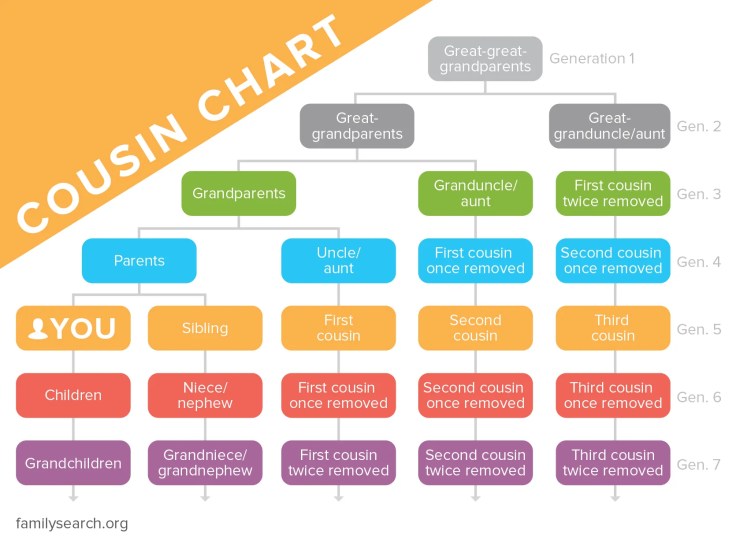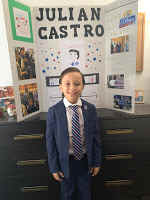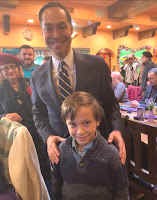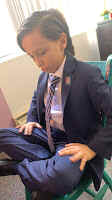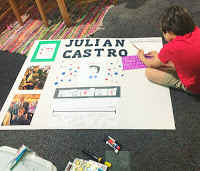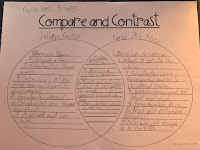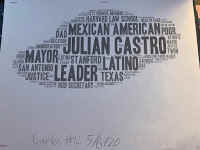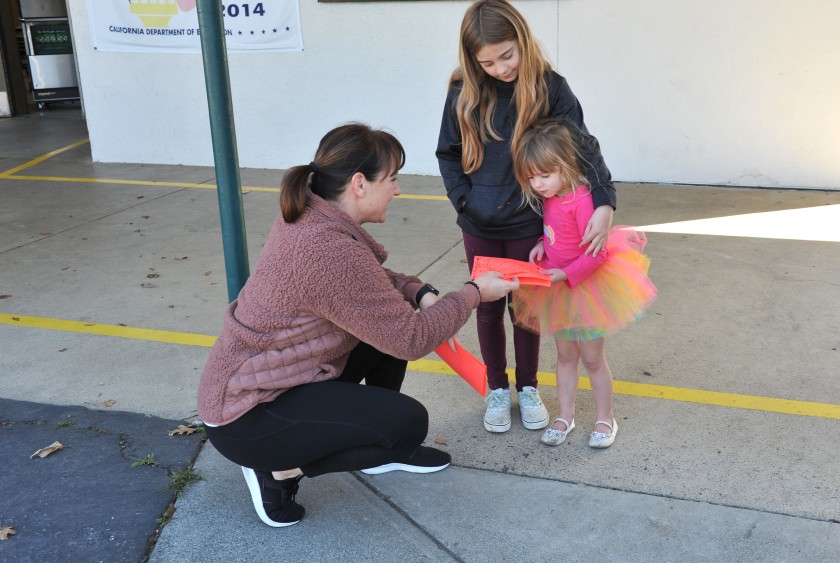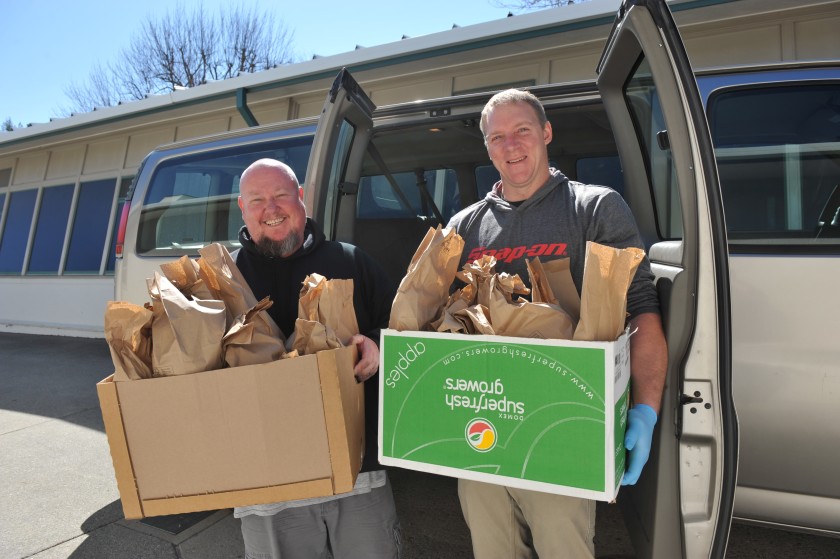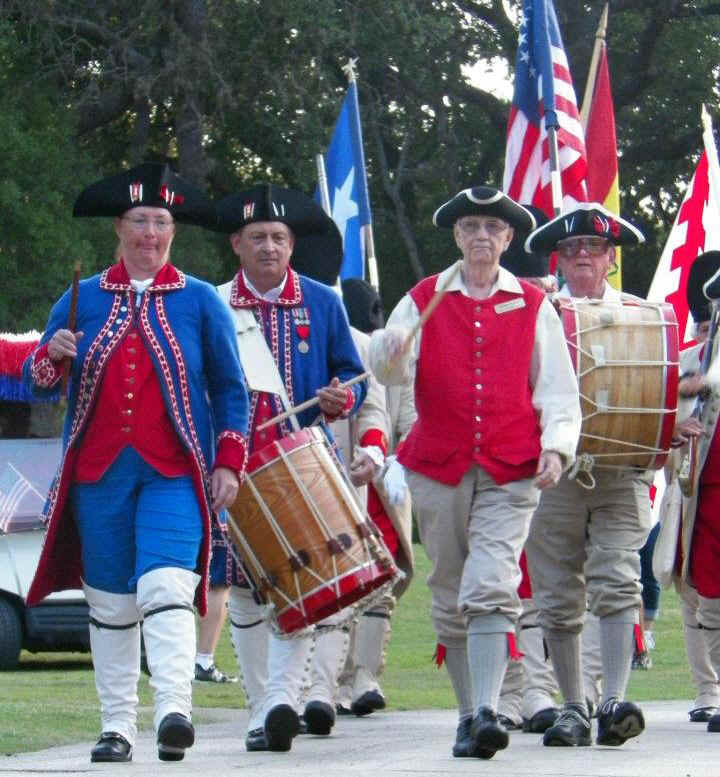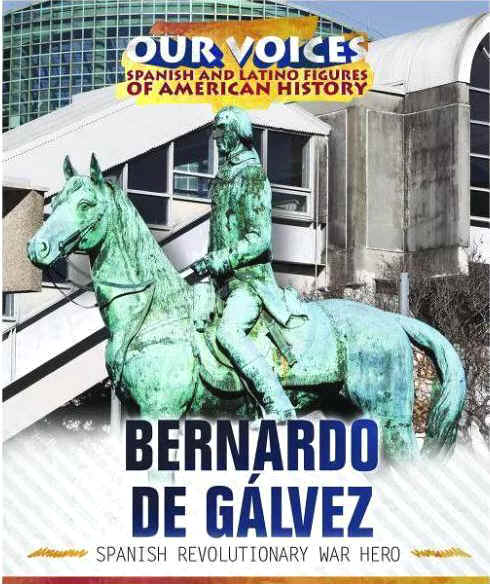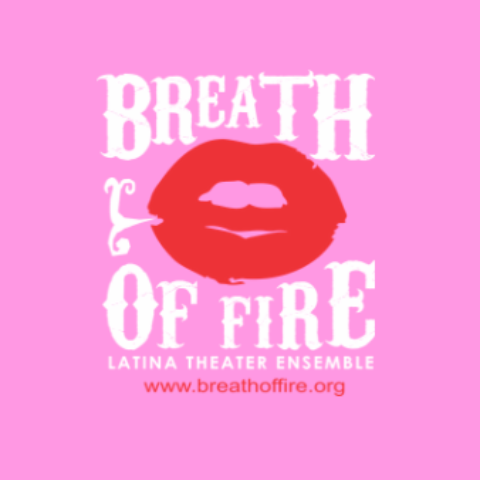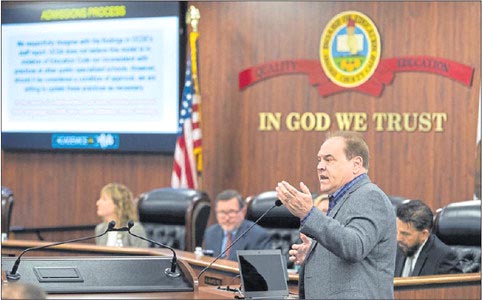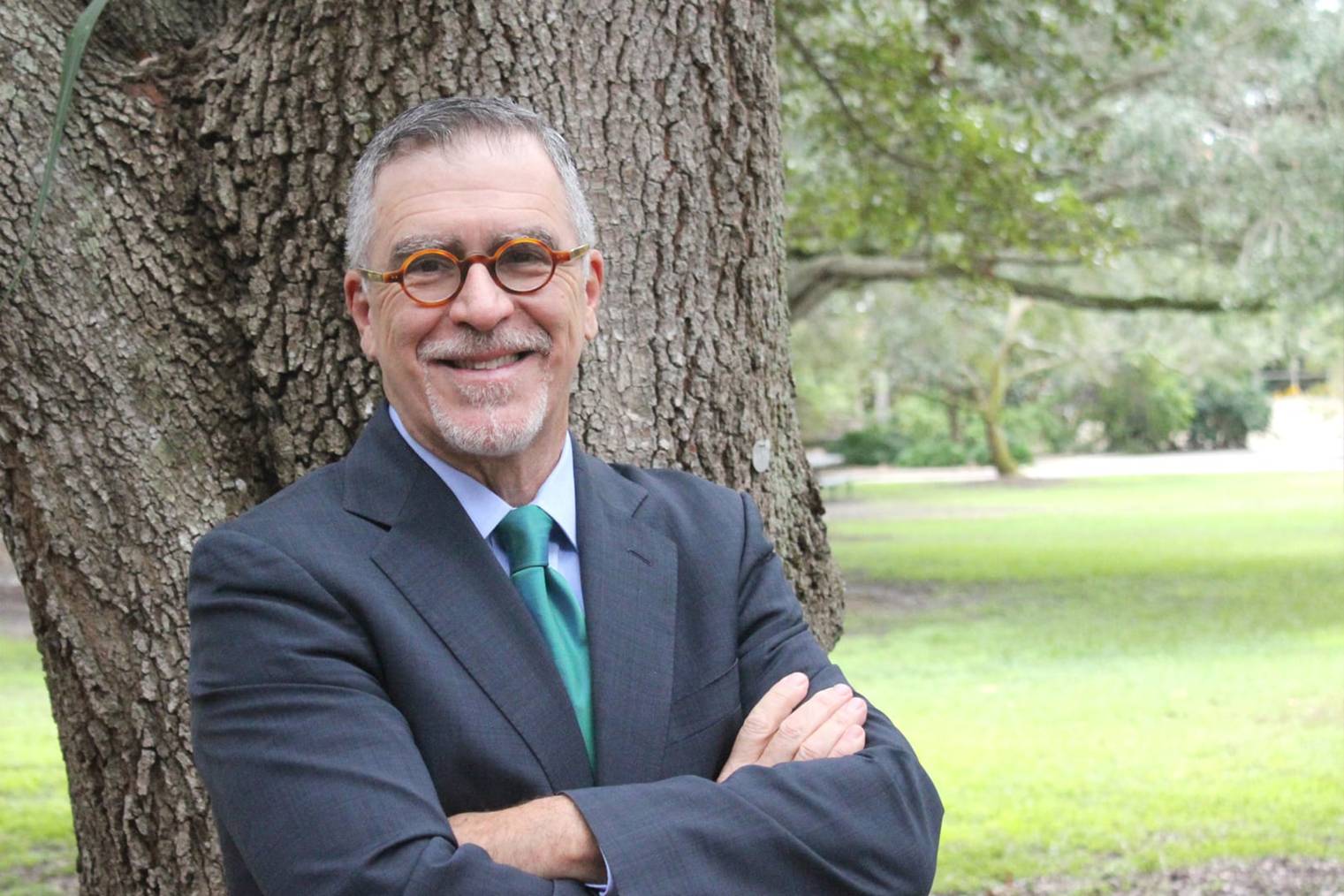|
Witness or,
more particularly, the witness frames the process of social movements
for change beyond a generational approach by emphasizing actors,
motives, and actions in relation to a specific goals or enterprise. To
witness means to know and to provide evidence. This person assembles
and communicated facts, presumably for a purpose whether personal or
public that is impelled by motives. The word “witness” also refers
to place or site, as well as to a does or maker. The witness acts
because witnessing is an action compelled by the mind and body that
can be considered a choice to achieve a desired goal. There are no
mindless or unbiased witnesses. There are different kinds of witnesses
whose witnessing varies within an action scenario. Their testimony
varies according to the caliber of the witness. By identifying the
roles of the varied witnesses, we can clarify and understand the
historical episode by emphasizing actors and their actions.
By
looking back, the witness reflects on a scenario, but that action
itself, whether being that of recall, descripting, or interpretation
can lead to repudiation of all or part of the scenario. These energies
or actions of the mind and body have purpose, they may have purpose of
survival due to a love for their fellow humans. For all species an
urgent purpose is survival. At a certain point of the long dure of
human history, certain humans’ pro-actively began to imagine a
better world than that of their current existence; they gradually
conceptualize a radical proposition. These positive proponents imagine
a map to navigate to view this new world. Those who in opposition
endorse the status quo, to be sure, can act as naysayers to the new
possibilities for human survival proposed by those who point to a
positive future.
Whether
positive or negative, witnessing involves the mind and the body acting
in basic ways to create an action beyond the initiators. All of
one’s faculties creatively determine the action; all of one’s mind
and self, all of our body—brain, eyes, throats, hands, feet. Pro or
con, witnessing is basic to human survival. Witnesses act and record
human events. How does this happen? One can purpose that conscious way
of achieving this is politics, that is, humans working together to
achieve a common goal, humans acting in their own behalf
cooperatively. Memory provides a roadmap to a desired or preferred
world and the will to achieve or assure this world. The dark side of
this proposition is contention. Those that purpose a positive outlook
believe that the better survival is to be secured by themselves. This
in opposition to the naysayers, the negatives, who in turn see a
radial positive proposition as catastrophic to their world preference,
the status quo. They have a different motivation and means.
One
of the earliest notions of radical, survival mapping is a
generation-premised vision, the clocking of human activity according
to a schema of predictable births and deaths. Ancient sources of past
mappings of human survival are often generation-arranged chronologies.
Their maps inscribed beautiful passages on the commendable passing of
generation progressing toward a better world. However, more useful is
to focus on real action(s) to secure survival, not simply clocking
contingent happenstances or recording contrasts on the march over
time.
According
to one of the oldest Western records, the actor can be identified as a
certain preacher, a propagator and worker for a belief in a better
world and ways to achieve it peacefully. Her/his action, her/his work,
begins at age thirty with the recruitment of co-actors, co-initiators,
the apostles. To be sure, the initial acts are cooperative,
although contention does follow. Together the initiators formulate a
project, one with stages, involving demanding, life consuming work.
The initiating generation is primarily motivated by love, although
they encountered persecution and death. Eventually, their activity is
continued by surviving co-actors who extend a belief system, a map
expanded beyond the rhetoric of the iconic initiators. This in turn
necessitated recruits, say pilgrims, if you will, the legatees
of the initiators, a succeeding cohort of project workers. In
sum, action can be seen as a project, a pilgrimage, loyalist
recruitment and belief construction. All who are directly involved,
imitators and the early converts, are proactive witnesses.
Throughout these accomplishments and events, there are children, some
who will choose to be continuators and thus may be a future witness.
Legacy
witnesses who
follow the co-initiators see themselves as related to the initial
witnesses and co-actors, as well as to their complex belief, by reason
of family, pedagogy, place, and their work. Because of the
continuation of the work of witnessing, their social ties woven by
shared love, belief, need, and curiosity. In any case, they construct
and maintain basic arguments, a rationale for their goal and process
that is significant to their own lives—and importantly, to their
children’s survival. Young and old, children and parents, in
practice are teachers in training, and their practice is also
gathering recruits to their beliefs. These are witnesses convinced a
better world is possible. To be sure, time passes, older witnesses
blend with younger ones for eighty or ninety years, but they maintain
some ties to the co-initiators. The instrument for realizing their
idealized human possibility, their goal, is foundationally the action
of storytelling, narrating their story. The basic story is the memory
of the beginning, the leadership of the co-founders, the initiating
convictions and actions, and the endorsing repetition of these.
The
positive is contested immediately. At stake is the conviction of those
committed to the prospect of a better world versus those who are
committed to the present. Their view ties them to a negative story.
Humans continually contest beginnings and the actions of other humans.
Those who have alternative beliefs, devote themselves to a different,
contrasting negation of the story of positive human survival.
Witnessing will entail differently stories of both proponents and
opponents. Using the witness approach, once can trace and decipher the
process of a belief system. This approach differs from examining
radical historical mega events and processes as dialectical
consequences which are inherently contentious, because mainly economic
trends and their social manifestations. A witness approach is more
akin to a theater production sheet with casting notations rather than
a theory of the play.
The
mega event is visualized and witnessed as a culmination, although in
practice, there may be one, two, or more, endings. That is, the
positive mega project, a work in stages, is both a landscape and an
enormous theater. Action and actors may be understood by identifying
witnesses and their participation in creating history, which centers
on a mega event and its process are complex and multiple. Mega event
witnesses and their actions are varied and important. In the actions
encompassing the mega project, witnesses are several and are
constituted by both proponents and opponents, that is, each part in
contention has its witnesses. Oppositional interplay is at the crux of
mega event that assumes historic stature. At issue are material as
well as ideational aspects of a given material circumstance and
historical context, as well as the motivations of the actors. The
positive initiators are committed to making history through their
work. Yet, their mega process eventually fades or ends in their
lifetimes or shortly thereafter. Thus, motives and circumstances
change.
Looking
primarily at positive proponents, initial witnesses are those that
pro-actively exert founding responsibility for the sake of a better
world, for the possibility of achieving such. Initial witnesses are
the prime makers of the event, those who willed the event. These
initiating prospects are furthered by a variety of talents, skills,
and personalities. The pursuit of this idealized goal involves
idealistic notions as well as utilitarian steps or instruments to
achieve these. For initiators their message is in fact a statement on
the enterprise of survival—we are all involved in this enterprise
whether we want to or not. Better to act consciously and decisively.
There is a defining sense of personal obligation here, a moral one.
One inspection, the involvement encompasses varieties of witnesses
which constitute the project. Initiators in fact must be accompanied
by children who, though young, are present at the initiation of the
mega process. In any case, from the first or in time, they, (the
positives), meet their opposites, the major naysayers.
The
initiators are supportive or empathetic witnesses who actually make
the process and contribute to culminating events. Their presence and
participation, their caring, their listening and acting give substance
and form to the convocation transmitted by the initiators. They are
the committed ones who are the rank and file, energies and vices, the
arm and legs, working for an envisioned society-wide, idealistic
intention. Supportive witnesses can be direct participant or convinced
idealistic sympathizers who act in some way for the process and event.
In fact, they are both the achievement of the project and also the
audience for transmitting the story of the project and its
consequences. They are indeed the conduits for the continuation of the
project’s history.
Of
particular importance are cultural or organic witnesses whose practice
is motivational and directly or indirectly pedagogical. Such witnesses
give verve and imagination to the mega process actions as it unfolds,
and equally crucial, they will do so for the meaning and
interpretation of the future, its historical understanding and
broadcasting. Cultural witnesses may be teachers of the lore of the
event, those who instruct the larger audience of the community as well
as the prime constituency of the event, of the reason and
explanations. They are the artists, writers, film-makers, in a word,
the communicators. Some cultural witnesses will be direct, Gramscian-identifiable
organic organizing participants, others will be sympathetic
informational reporters and compelling interpreters of the event. Such
persons may be present at the mega event, other will communicate the
process as its passage proceeds. Such players facilitate thoughtful
contemplation as well as factual reportage of the event. The hoped for
positive legacy of the mega event or project as time passes is
facilitated, if not outright dependent, on the “communicator”
persons who may be empathetic witnesses.
Cultural
doers, whether they prefer to overtly shoulder responsibility or not,
are liable for their communicating actions, no less so than initiating
leaders. There is often a dilemma on their mind and consciousness, as
artists and pedagogues, they see both the seriousness as well as the
irony of events. They are imbued with the notion of art as beauty and
play, and dominant class notions of “objectivity.” Consequent with
their participation, artists and writers have the obligation of moral
reflection to enrich their work and outreach. The seriousness of
legacy overrides aesthetic or formalistic commands. The legacy may
often be one of tragedy and sorrow, but preferably the positive
organizing point of view is not subject to the whims of
audiences not committed to the mega event and processes. The answer to
the dilemma is clear: the artist is free and also responsible, she or
he exercises judgement and will also, as all witnesses, be judged. In
time however, artists, photographers, and reporters with direct
contact with initiators and founding actions will cease participating.
They will be replaced by communicators or cultural doers with no
emotional ties to the mega process.
Those
unengaged witnesses are aloof but present, they indeed, stand and
serve. As an individual, this witness is not simply, an unthinking and
inactive persona, She/he may be a potential recruit whether initially
uncommitted and also unreflective. She/he is there as part of the
primary or secondary audience, to be moved or repelled at any given
moment. The unengaged stance may be merely a pretense at not being a
witness; the stance may evolve. Then presence means at least for a
moment, to some slight degree, contemplation of the mega event and its
process. This self-assessment may lead to non-participation, and this
too is a result of reflection of the event. This person, to some
extent, commits to the process by their presence and on that basis may
claim evaluator latitude, but that is a soft claim to evaluate.
Her/his ostensibly non-engaged stance may evolve into a critique of
the mega event that is positive or negative, but in either case it is
made on the basis of certain involvement.
Positive
or negative, mega events are magnetic. Some bystanders may adamantly
have chosen not to be with either side. Within the crowd but apart
from others are those who pose seemingly as bystanders, but in fact
they act in expectation of some possibility of self-gain, some benefit
no matter how elusive. This reward may be in practice illusionary, or
trivial self-satisfaction, nothing more than a moment’s
entertainment. Some individuals exhibit bizarre behavior among the
varied participant. They are “show boat” witnesses, who
self-identified as bystanders, but who are in fact present but
adamantly declare not to be affiliated in the contestation at hand.
Show boaters do not often become energized pro-supporters. In any
case, the unengaged of whatever sort are part of the audiences for
proponents and naysayers, they are contested and thus play in the
contestation for years. The struggle for their possible affiliation by
positives and naysayers continues into the future. Both parties have
to contend with former adherents who evolve intro critics of their
former allegiance. To be sure, many present at events of the process
are gleefully subject repudiation in the naysayers version of history.
For both parties, the early actors and the initial contestatory
actions fade. Other must increasingly address public audiences who
have little personal connections to past contentions to past
contentions and, as a result, the numbers participants decline.
The
Opponents
A
negative witness is the one who acts against the proposers and their
proposition of the mega claim or mega event. To be sure, from their
negative perspectives upholding the status quo is positive and those
so committed believe themselves to be positive proponents, but mostly
they are viewed as negative conservatives. Paradoxically, given their
power, their motivation besides preservation is fear and their means
are pejorative. Their propagandists do not exhibit the aesthetic élan
of their opposite among positives. In any case, negative witnesses are
as committed to their ends of survival as the positives are to their
proposal. In some cases, even more so. Thus, they are prone to drastic
actions not for the sake of propaganda or stature, but to end the
proposition and proponents of it. The ‘60s all-purpose peace
movement comic Jerry Rubin wants to make you laugh, Mayor Richard of
Daily of Chicago ’68 fame wants to both end the humor and humorist.
As yet, there are no aesthetically acclaimed murals heroically
depicting punishing demonstrators. However, let’s not forget the
naysayers do have writers and journalists on their side with clear
outreach.
Negative
witnesses are also various. What is common to them is an antipathy to
the core positive initiators, to those who empathize with the event,
and even to the uncommitted bystanders, if they are at the scene of
the mega event. In words and actions negatives adamantly are against
the positive message and the reasonings underpinning its advocacy.
Sometimes the positive witnesses think they are the sole participants
in what they initiated, whereas actually the negative are there from
the first and also shapers of historic events.
Negatives
believe they do not receive the favorable attention they deserve, when
in fact as defenders against reforms they receive more public
endorsements than their opposites. More importantly, negatives have a
variety of material instruments to engage in real politics and often
are situated within complex institutional organization. Their
supportive complex includes the executive deniers, their adjutants,
tactical deployment supervisors, and trained rank and file as well as
a significant public constituency. Negatives receive as their claimed
due the ready support of most of the media and elected officials, as
well as public advocates of one kind or another. Multiple elements are
negative witnesses, from the negative emphasizers, to their families,
to their apologists and their descendants.
The
main negative operatives have front line deniers to carry out their
decisions—if the matter at hand is public. The police often add
painful or even tragic consequences to their deployment. Regular
police are negative witnesses equipped with power at its most
rudimentary application—force. Specialized police are trained in
keeping persons “in line,” that is, maintaining people’s
subjugated status. This assignment in turns is witnessed both by their
superiors and the subject persons, including the rank and file of the
positive proponents alike. Elected, appointed, and law enforcement
supervisors are the responsible executors of painful events for the
positive proponents and, thus, makers of their own and their
opponent’s histories. They, in action, formulate the
equation—resistance merits punishment, defining in practice this
applied formula from the past to the present.
Negative
history, as story and drama, has the main deniers and their
subordinates as central saviors, the creative protagonists, in their
script of survival for the world as it is. Their constituencies of
negative players and supporters are so much endorsed that deniers
never apologize and the have rarely been faulted with crimes against
public morality for violating the civil rights of individuals. They
are never compelled to an apology, much less judged are they at fault
by courts of law. In sharp contrast to the positives, they do not
mourn. The major naysayers claim their actions and beliefs are the
history for the future. Yet, who and what challenges these assertions?
The answer is—the positive cultural witnesses as they engage in
struggle over history, whereby the loss of yesterday is turned into
the elusive of today, the future.
Conclusion:
May time be the handmaiden of truth?
In
particular, memory-sensitive weavers of scripts detailing persons and
events transmitting the lore of the positive mega process are
important for future storytelling. Indeed, the past should not fade.
Time cannot be allowed to swallow the tragic memories or the heroics
of those working for positive human survival. Loss of historic memory
compounds the tragedies of libertarian struggle.
The
struggle for the past is no less urgent, no less requiring work than
the human survival effort of the truly historic actors and actions.
These stories at hand are the sustainers of the past, their tellings
and works are no less useful for positive human survival than the
heroic actions of yesterday by positive creators. There are real
contemporaneous precedents for these labors, if we think of the works
of some close at hand: of Saul Friedlander on European Nazis (2009);
John H. M. Laslett on Los Angeles Chaves Ravine Neighbors (2015); and
Benjamin Madley on California Native Americans (2016). Each is a
witness to sorrow and also to the persistence of the human will for a
better world. The progressive visions for today and tomorrow depend on
the memory provided by historical works written by creative and
conscientious historians. We are all witnesses in history-making and
must be involved in mapping human survival for a better world future.
Professor
Juan Gómez-Quiñones
is a Research Professor of History at UCLA, specializing in the fields
of political, labor, intellectual and cultural history. As a prolific
scholar, key figure in the Chicana/o movement and mentor to countless
students and academics, Dr. Gómez-Quiñones has a long trajectory in
higher education, civic/political engagement, the arts, poetry and
related activities. Born in Parral, Chihuahua, Mexico, he was raised
in East Los Angeles. He earned a Ph.D. in History from UCLA.
|
